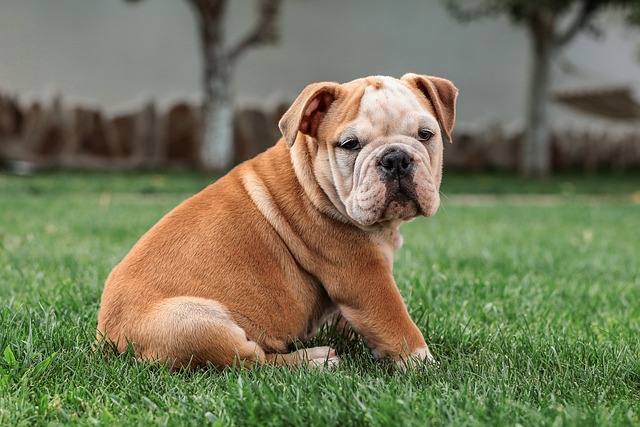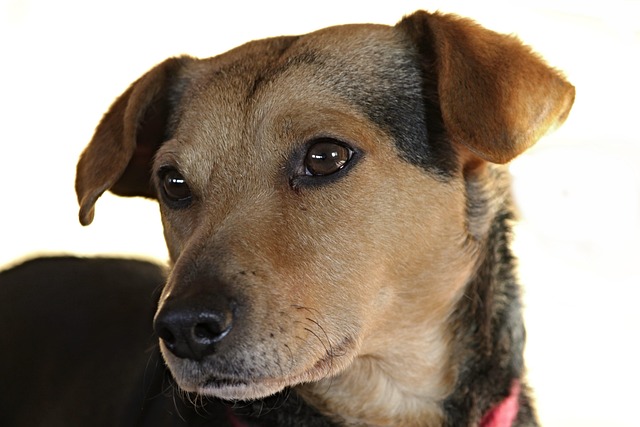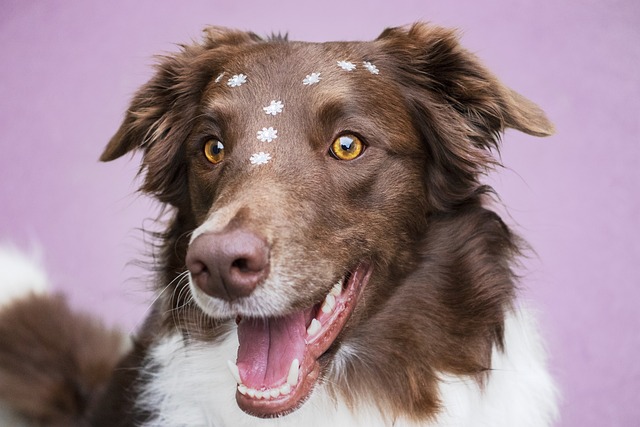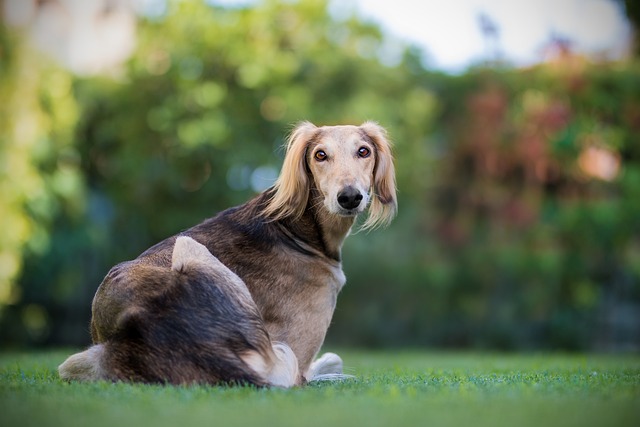
Effective Solutions to Curb Excessive Dog Barking
Tired of your dog's relentless barking? Discover how specific sound frequencies can offer humane, effective solutions to curb this common canine challenge.
Having an aggressive dog at home can feel like walking on eggshells. It’s stressful, but the good news is that with patience and the right approach, you can help your furry friend become more relaxed and friendly. Before diving into training, though, it’s super important to understand one thing: safety always comes first.
First off, figure out what’s triggering your dog’s aggression. Is it other dogs on the street? New people coming into your home? Or maybe it’s when they’re eating and don’t want anyone near their food? Dogs act aggressively for different reasons, like fear, feeling territorial, or just not being socialized enough as puppies. Pay close attention to when these outbursts happen—keep a little notebook if you have to. This way, you can start avoiding those situations while you work on training.
Now, let’s talk about the golden rule of dog training: positive reinforcement. Forget about yelling or punishing your dog when they act up. That usually just makes things worse and scares them more. Instead, think of treats as your secret weapon. When your dog stays calm in a situation that would normally set them off, give them a tiny, yummy treat right away. Praise them like they just won the doggy Olympics, too! Use a happy voice and lots of “good boys” or “good girls.” Over time, your dog will start to associate good behavior with getting rewards.
 Socialization is another huge piece of the puzzle. But here’s the catch—you can’t just throw your dog into a crowded dog park right away. Start small. Maybe introduce them to one friendly neighbor at a time, or take them for walks in quiet areas where there aren’t too many distractions. Gradually expose them to new sights, sounds, and smells. If your dog seems nervous, don’t force it. Back off a bit and try again another day. And remember, many local areas have leash laws and regulations about where dogs can go—always follow those to avoid getting in trouble.
Socialization is another huge piece of the puzzle. But here’s the catch—you can’t just throw your dog into a crowded dog park right away. Start small. Maybe introduce them to one friendly neighbor at a time, or take them for walks in quiet areas where there aren’t too many distractions. Gradually expose them to new sights, sounds, and smells. If your dog seems nervous, don’t force it. Back off a bit and try again another day. And remember, many local areas have leash laws and regulations about where dogs can go—always follow those to avoid getting in trouble.
Training sessions should be short and sweet. Dogs have short attention spans, so 10 - 15 minutes a few times a day is way better than one long, drawn - out session. Make it fun! Teach them basic commands like “sit,” “stay,” and “come.” When they listen, rewards rain down! These commands aren’t just party tricks—they actually help your dog feel more confident and in control, which can cut down on aggression.
If you’re really struggling, don’t be afraid to ask for help. Many places have professional dog trainers who are experts at dealing with aggression. Some trainers even offer in - home sessions, which can be great if your dog gets stressed in new environments. Just make sure any trainer you hire is certified and has good reviews. There are also local dog training classes that follow humane training methods—check community centers or online listings for options near you.
Lastly, always keep an eye on your dog’s body language. A growl or a raised lip is your dog’s way of saying “I’m not comfortable.” If you see these signs, remove your dog from the situation before things escalate. And never leave an aggressive dog alone with children or other pets—even if they seem okay one minute, things can change quickly.
Training an aggressive dog takes time, and there will be setbacks. But with consistent effort, you’ll start to see progress. Your dog wants to make you happy, and with the right support, they can learn to manage their aggression and become the loving companion you know they can be.

Tired of your dog's relentless barking? Discover how specific sound frequencies can offer humane, effective solutions to curb this common canine challenge.

If you’ve ever had your dog lunge or snarl at another furry friend during a walk, you know how scary and frustrating it can be. Aggression between dogs isn’t just a behavior issue—it’s a safety concern for everyone involved.

Watching your dog growl, lunge, or bare their teeth at another pup isn’t just embarrassing—it’s heart-wrenching. Aggression between dogs can stem from fear, territorial instincts, or past negative experiences, but the good news?

Ever bring home a new furry family member – maybe a wiggly puppy or a rescue dog with unsure eyes – and feel a bit overwhelmed? You’re excited, but maybe they seem nervous, confused, or just plain shut down.

Having an aggressive dog at home can feel like walking on eggshells. It’s stressful, but the good news is that with patience and the right approach, you can help your furry friend become more relaxed and friendly.

Watching your dog snarl or lunge at others is gut-wrenching. It’s not just a behavior problem—it’s a situation that can strain relationships with neighbors and put your furry friend’s future at risk.